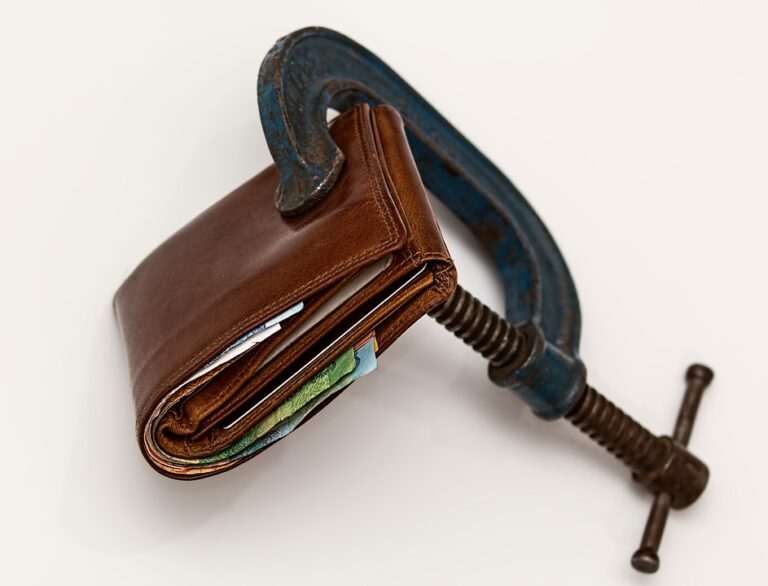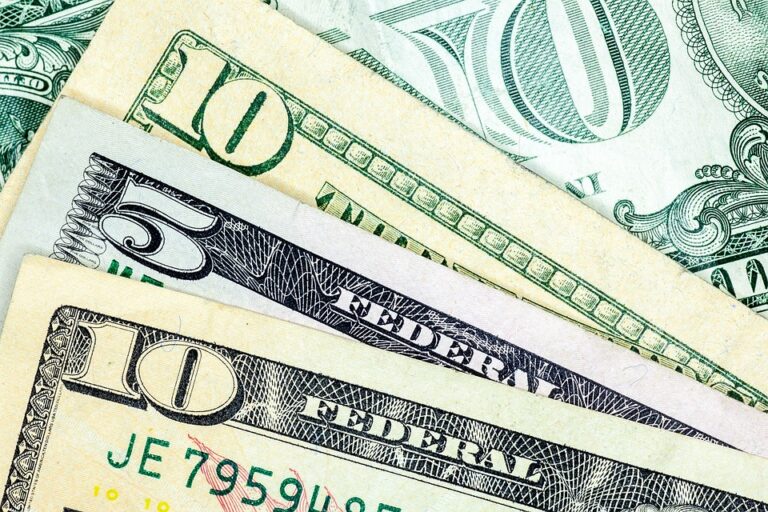Last updated Feb. 9, 2025 by Charles Zemub
Debt is a financial obligation that many individuals face throughout their lives. Whether it’s student loans, credit cards, mortgages, or car payments, the pressure of looming payments can be overwhelming. Knowing which debt to pay off first is crucial for financial health and well-being. This article will explore various strategies to tackle debt effectively, ensuring you manage your obligations and achieve financial freedom.
Understanding Debt Types
Before deciding which debt to pay off first, it’s essential to understand the different types of debt you might encounter:
- Credit Card Debt: Often comes with high interest rates, making it expensive over time.
- Student Loans: Usually have lower interest rates and may offer deferment options.
- Mortgages: Typically have long terms and relatively low interest rates.
- Auto Loans: Moderate interest rates and terms, often secured by the vehicle itself.
- Personal Loans: Vary widely in terms and interest rates, often unsecured.
Approaches to Debt Repayment
There are several widely recognized strategies for debt repayment. Let’s explore some of the most popular ones:
1. The Avalanche Method
The debt avalanche method focuses on paying off debts with the highest interest rates first. By targeting these debts, you can save more money over time, as high-interest accounts accumulate additional costs quickly.
Steps:
- List all debts in order of interest rates, from highest to lowest.
- Make minimum payments on all debts except the one with the highest interest rate.
- Funnel excess funds to the debt with the highest interest rate until it’s paid off.
- Move to the debt with the next highest interest rate, repeating this cycle.
2. The Snowball Method
The snowball method emphasizes paying off debts from smallest to largest regardless of the interest rate. This approach aims to build momentum and motivation by quickly eliminating entire balances.
Steps:
- List all debts from smallest to largest balance.
- Make minimum payments on all debts except the smallest.
- Focus extra payments on the smallest debt until it’s eliminated.
- Proceed to the next smallest debt, applying the same process.
3. The Hybrid Method
A blend of both the avalanche and snowball methods, the hybrid approach allows for flexibility based on personal goals. Start with the snowball approach for gains in motivation and switch to the avalanche method as you gain confidence.
Selecting the Right Strategy
Choosing the best method requires understanding your financial situation, goals, and personality. If high interest rates feel daunting, the avalanche method might be best. However, if you’re motivated by quick wins, the snowball method might offer the emotional reward needed to keep going.
Consider the following questions:
- Are you more concerned with saving money in interest, or do you need to see progress quickly?
- Can you manage the discipline required for the avalanche method?
- Will quick victories help maintain your motivation long-term?
Importance of Discipline and Consistency
No matter which approach you choose, discipline and consistency are key. It’s crucial to commit to your chosen method, make regular payments, and avoid accumulating more debt. Track your progress, celebrate milestones, and constantly reassess your strategy to ensure it aligns with your evolving financial situation.
Additional Tips for Paying Off Debt
- Create a Budget: A detailed budget helps track expenses and identify areas to allocate more funds toward debt repayment.
- Increase Income: Consider side jobs, freelancing, or selling unused items to boost repayment efforts.
- Reduce Expenses: Cut unnecessary expenses, like dining out or subscription services, and redirect funds towards debt.
- Consolidate Debt: If feasible, consolidate high-interest debts into a single lower-interest payment.
Psychological Impact of Debt
Debt not only affects your finances but also your mental well-being. It can create stress, anxiety, and feelings of insecurity. Managing debt effectively requires a balanced approach and seeking support if needed, whether through financial advisors, support groups, or therapy.
✓ Short Answer
When deciding which debt to pay off first, consider the debt avalanche and snowball methods. The debt avalanche method focuses on paying off debts with the highest interest rates first to save money over time. Conversely, the snowball method targets the smallest debts first, offering quick victories and motivation. Choose a strategy based on your financial goals, personality, and whether you prioritize minimizing interest costs or gaining psychological momentum. Regardless of the chosen method, discipline and consistency are crucial for successful debt management.
✓ Short Answer
When deciding which debt to pay off first, consider the debt avalanche and snowball methods. The debt avalanche method focuses on paying off debts with the highest interest rates first to save money over time. Conversely, the snowball method targets the smallest debts first, offering quick victories and motivation. Choose a strategy based on your financial goals, personality, and whether you prioritize minimizing interest costs or gaining psychological momentum. Regardless of the chosen method, discipline and consistency are crucial for successful debt management.
FAQs
Q: What is the best way to manage multiple debts simultaneously?
A: Begin by listing all your debts, including their balances and interest rates. Assess your budget to see where you can make extra payments. Then choose a strategy like the avalanche or snowball method to systematically tackle each debt.
Q: Is it better to pay off debt or save money?
A: It depends on your situation. If you have high-interest debt, it’s generally better to pay it down first. However, building an emergency fund is also essential to avoid accumulating more debt.
Q: Can negotiating with creditors help reduce debt?
A: Yes, communicating with creditors can sometimes result in lower interest rates or settlement for less than owed. It’s worth asking—particularly if you’re struggling to make payments.
Q: Should I close credit card accounts after paying them off?
A: Not necessarily. Keeping accounts open can benefit your credit score, particularly if they show a long history and a high credit limit, improving your credit utilization ratio.
Q: How does debt consolidation work?
A: Debt consolidation combines multiple debts into a single debt with a lower interest rate. It simplifies payments and can reduce interest costs, but it’s crucial to ensure the new rate is genuinely lower and that you can afford the payments.
The journey to becoming debt-free requires careful planning and consistent effort. By understanding your debts and selecting the right repayment strategy, you can reduce your financial burden and gain control over your financial future.





